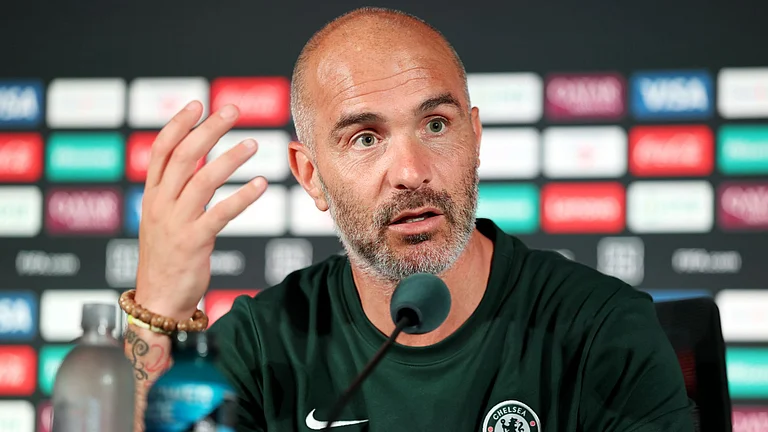Chandra Bhushan, president and CEO of iFOREST speaks to Ananda Banerjee about the government’s measures to battle pollution and the flaws in the plan. Excerpts…
Is the National Clean Air Programme (NCAP) target of 20-30 per cent reduction in particulate matter (PM) by 2024 achievable?
It is possible to achieve the target, but the target itself is weak in design and ambition. Firstly, there is no scientific basis for choosing this target. Even if we meet the target, the air quality would still be very polluted. Delhi, for instance, will have an air quality in 2024 that would be twice the National Ambient Air Quality Standards.
Second, one cannot understand the logic of setting a mid-term target without setting the long-term goal. Mid-term targets are selected on the basis of long-term goals, not vice versa. So, the NCAP target is basically a shot in the dark.
ALSO READ: Chokehold
Third, while the target is national, the action plan is city-focused. In fact, the focus is just on 122 cities. It is important to recognise that the majority of air emissions are taking place outside these 122 cities. An action plan that ignores emission sources from the vast majority of the country will never be successful.
Lastly, the targets are voluntary as there is no legal backing for the targets. So, no one is accountable for meeting the targets.
There is a significant difference between WHO air quality guidelines and India’s National Ambient Air Quality Standards. Isn’t it time for an update?
While WHO’s is a guideline, NAAQS is a legal standard. WHO’s guidelines are designed to offer guidance to all countries in reducing the health impacts of air pollution. Legal standards, on the other hand, aim at achieving the lowest concentrations possible in the context of local constraints, capabilities and public health priorities. As constraints, capabilities and priorities vary from country to country, so does standards. In general, almost all countries, including developed countries, have air quality standards that are less stringent than WHO’s guidelines.
ALSO READ: Warrior Moms, Crusader Kids
While the stringent standard is always desirable from a public health perspective, one also has to be mindful of what is achievable. Take the case of India. Though our PM standards is 3-4 times lower than WHO guideline, we have not been able to meet these standards, ever. So, I do not support the logic of having more stringent standards when we are not able to meet the present one. I also believe that disrespect for law breeds a sense of carelessness in society. By setting more stringent standards, we would allow cities and industries to flout norms more.
We, however, must do more studies to understand background pollution levels in different parts of the country. This may enable some cities and states to set more stringent standards than NAAQS.
Your take on NCAP and its city-centric approach, which is not regional?
A city-centric approach is not going to solve the air pollution problems simply because emissions are happening from villages and cities across nations. Land and agriculture are a significant source of pollution that cannot be addressed in a city action plan. Besides, city action plans approved by the CPCB is general and without any targets. They are unimplementable. We need city action plans, but these must be targeted, measurable and implementable.
ALSO READ: Startup Army Is Airborne
Smog towers are being heavily promoted as a solution? Your views.
One of the worst ideas of many bad ideas being supported by the government and the judiciary. There is no evidence that these towers work. Also, it is expensive and energy guzzling. The government is promoting it because it wants to show to the people that it is doing something about air pollution. The fact is it is creating more problem by generating a sense of complacence.
What is your plan?
We need a three-tier action plan to control air pollution in the country—national, regional and city. These action plans must have clear, overall and sectoral, mid- and long-term targets, with implementable and measurable actions.
Our focus also now must shift towards solid fuels, agriculture and land. Without reducing emissions from biomass and coal, we will not be able to reduce fine particle; without action on land, including reversing desertification, we will not be able to reduce coarse particles.
Overall, we need a completely different framing of the NCAP to achieve real results.
ALSO READ

























